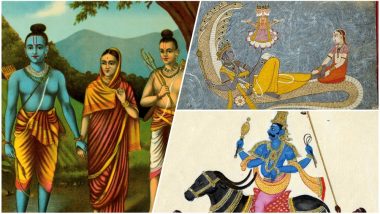There’s no festival in India that is celebrated with so much fervour and enthusiasm than Diwali. The five-day long extravaganza celebrates the victory of good over evil and darkness over light, which explains its sobriquet – The Festival of Lights. Every nook and cranny of the country is lit up with lamps, fireworks and lanterns. Deepavali is celebrated across India, in distinct ways. Every region has a different story and reason to celebrate the festival. Although the common lore associated with Diwali is the story of Lord Rama’s return from exile, there are many other myths and legends surrounding the festival of lights.
The Return of Rama
The best-known story behind Diwali is from the Ramayana. After Lord Rama returned to Ayodhya after his 14-year-long exile, his subjects celebrated his return by cleaning up their streets and lighting up their houses with oil lamps that were arranged in a line. This explains the name Deepavali since deep in Sanskrit means "lamp" and avali means “array.”
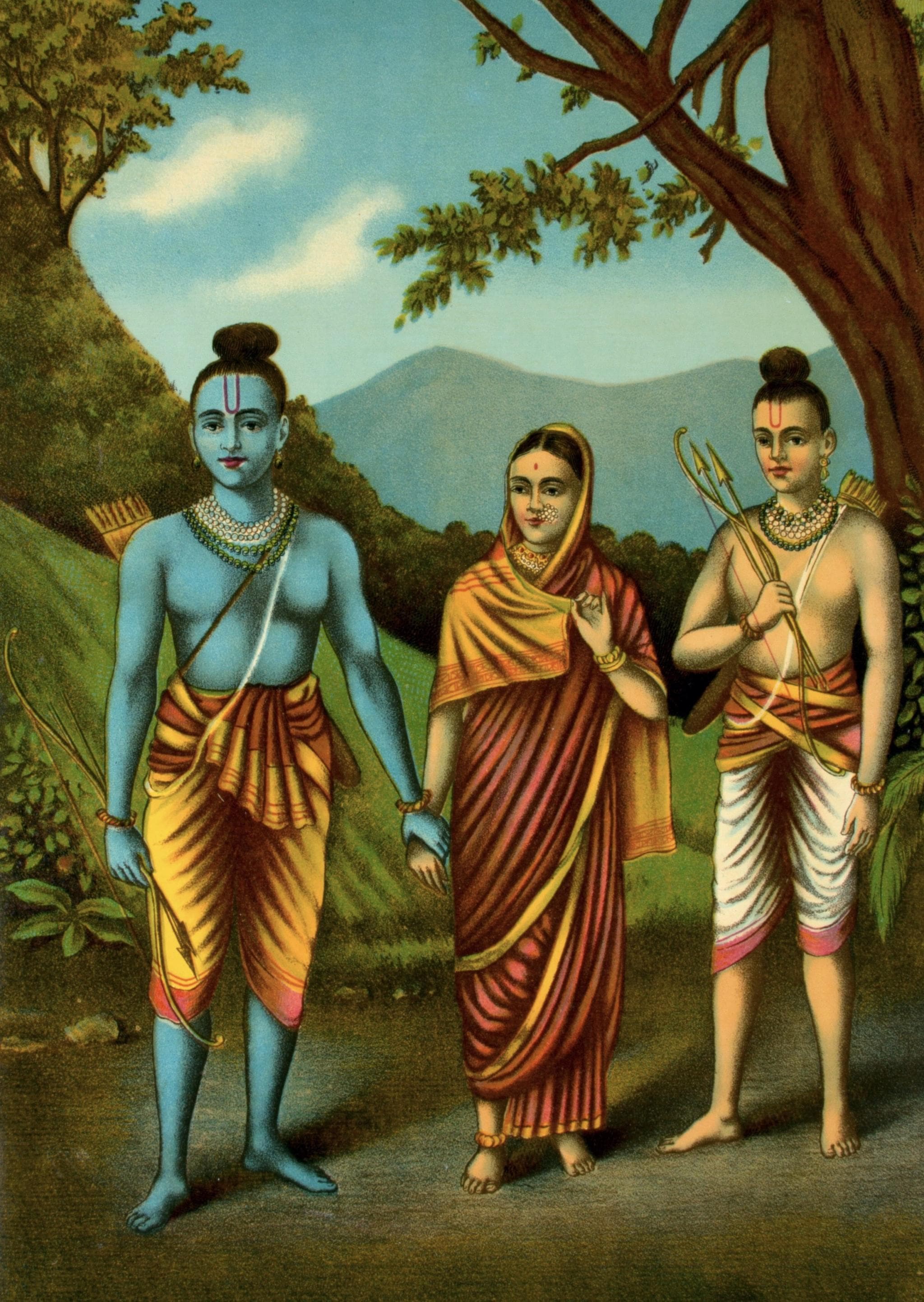
As the legend goes, King Dasharatha reluctantly exiles his favourite, first-born son and the rightful heir to the Ayodhya throne Rama due to his oath to his wife Kaikeyi. Fourteen years later, after finishing his vanvas, Rama, his brother Lakshmana and wife Sita returned to Ayodhya after slaying the demon king of Lanka, Ravan. Ever since that day, Diwali has been celebrated to commemorate his return. Diwali 2018 Date Calendar for India: When Is Dhanteras, Lakshmi Puja, Govardhan Puja and Bhai Dooj? Get Complete Deepavali Holiday Dates.
The Slaying of Narakasura by Krishna
One day before Diwali, Goa, Karnataka and Tamil Nadu celebrate Naraka Chathurdashi, to celebrate the slaying of the demon Narakasura. He was the king of Pragjothispura, a place in Nepal. As a ruler, he had grown increasingly powerful and despotic, looting and plundering the triloka (three worlds) and enslaving the sages. Narakasura also disposed of the devas brutally. In the process, he also claimed 16,000 women as his concubines.
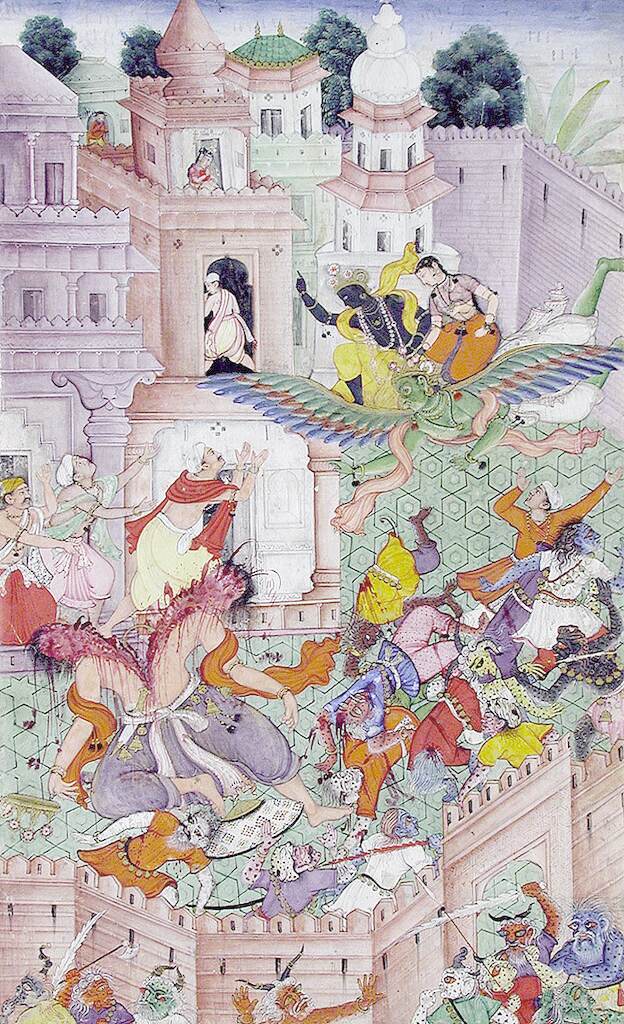
Lord Krishna engaged the crazed despot in a battled and slew him with his Sudarshana Chakra on Chathurdashi or the 14th day of the waxing of the moon. He also set the 16,000 women enslaved by Narakasura free and “married” them to save their honour. Lakshmi & Ganesh Idols for Diwali 2018: Different Kinds of Murti You Can Buy Online and Gift This Festival.
On Naraka Chathurdashi, people wake up early in the morning and burst crackers to commemorate Krishna’s triumph over Narakasura. That’s why, it’s a ritual in South India to burst crackers in the day instead of night.
The Wedding of Lakshmi and Vishnu
If there is a deity other than Rama who is revered on Diwali, it’s Lakshmi, the Hindu goddess of wealth and prosperity. The Goddess was born out of the cosmic ocean of milk (Kshirsagara) and it is believed that she wed her husband Vishnu on the night of Diwali.
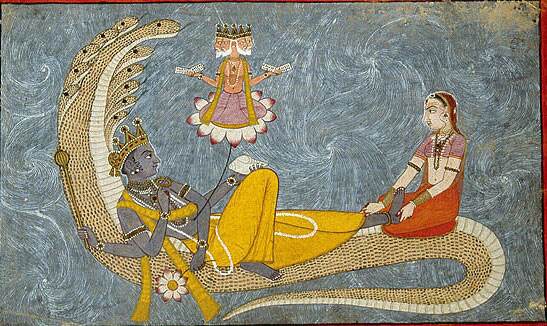
Lakshmi is worshipped on Diwali as she’s considered to bring in prosperity. According to legends, the Goddess roams the earth on the day, showering her choicest blessings on houses that are the cleanest. That’s why ‘Diwali ki Safai’ is followed ritualistically in the days leading to the festival.
The Night of The Yakshas
The earliest mentions of Diwali is in Vatsyayana’s Kama Sutra, published more than 2000 years ago. It was called by a different name Yaksha Ratri or Night of the Yakshas. According to certain scholars, that was the original name of Diwali.
Yakshas are celestial beings who were related to Goddess Lakshmi and Lord Kubera, both deities of wealth. The celebrations of the festival didn’t differ much from how it’s observed today. It was a custom to light lamps and bonfires on this day, as revellers indulged in celebrations.
The Lifting of Mount Govardhana
Another one of Krishna’s heroic exploits deals with the story of Mount Govardhana. The villagers in Braj, where Krishna spent his childhood days, worshipped Lord Indra, the controller of rains and thunderstorm. Krishna was against the worship of Indra, and believed that the villagers should worship Govardhana which provided them with natural resources, food and livelihood. The villagers agree, but they incurred the wrath of Indra. He sent down torrential rains to Braj. To protect the people from the wrath of Indra and the thunderstorm, Lord Krishna lifted Mount Govardhana up on his pinky finger and accommodated the villagers underneath.
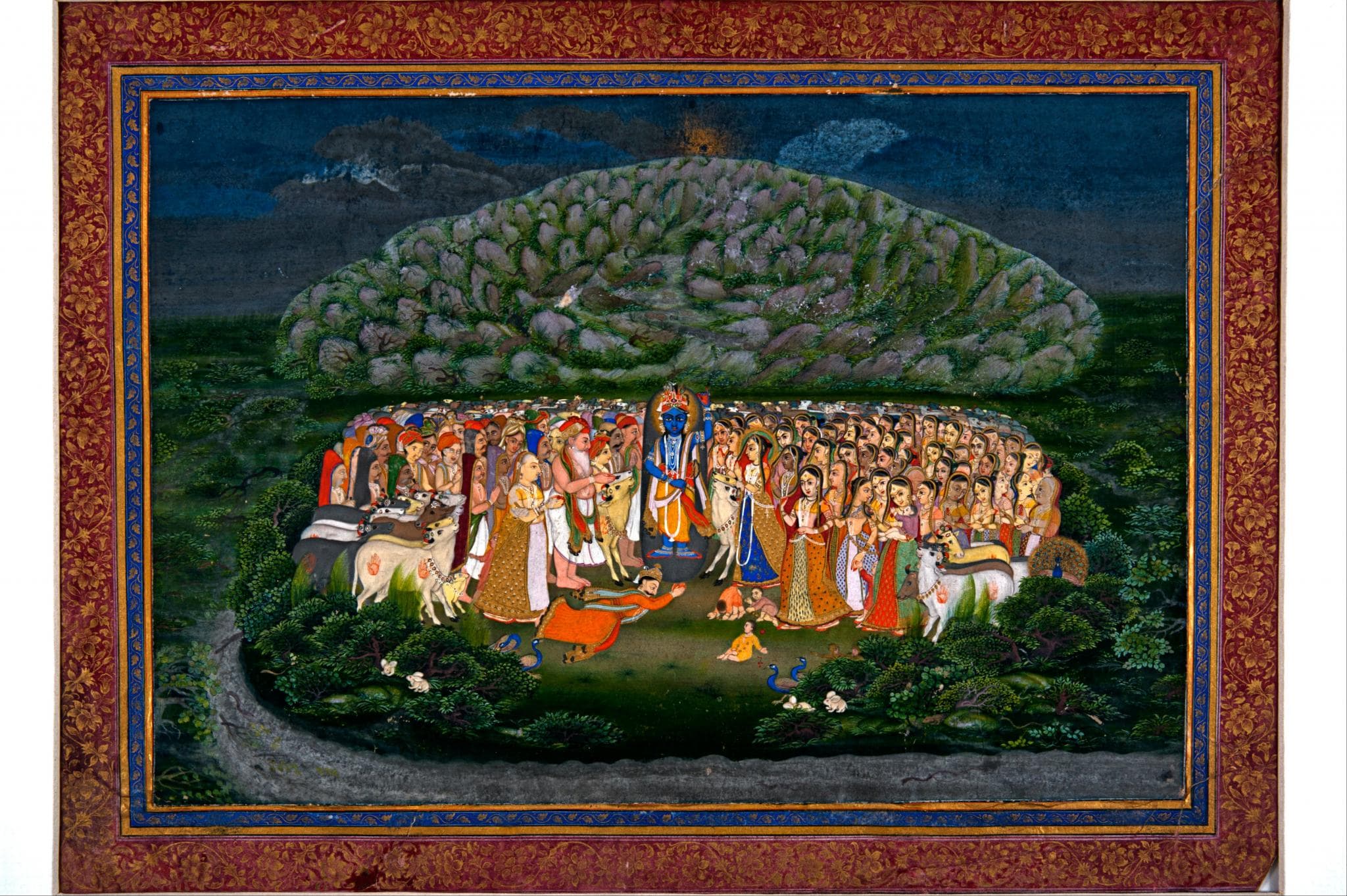
This day is commemorated on Diwali as Govardhana Puja where people make a replica of the mountain with cow dung and worship it. It may seem strange to use the faecal matter of animals for a puja. But bovines are worshipped in India and cow dung happens to be an organic fertiliser, which has a lot of cultural significance among the agrarian community.
The Separation of Yama and Yamuna
On Bhai-Dooj, the exemplary relationship of Yama, the God of Death and his sister Yamuna are celebrated. Yama and Yamuna were children of the Sun God Surya. Unable to bear his radiation, Surya’s wife and Yama-Yamuna’s mother Samjna flees from him, leaving an imposter in her place named Chhaya.
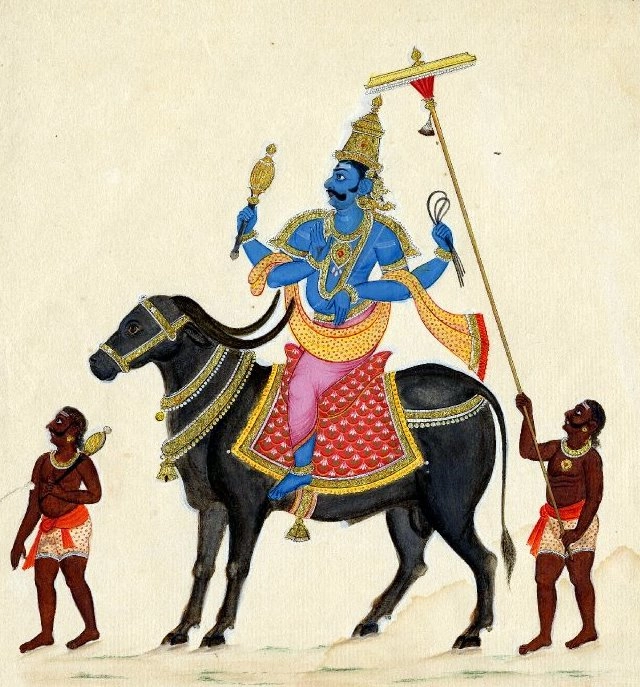
Soon, differences start arising between Chhaya and Yama, who resented her step-motherly treatment towards him. She, in turn, cursed him. Surya realised that Chhaya is an imposter and tries to save his son from the curse. But Yama is banished into the underworld and is made to reign as the God of Death. Yamuna wept for her brother and her tears become the eponymous river.
On Bhai Dooj, Yamaraja visited his sister Yamuna all the way from the underworld. Moved by her love and devotion, he grants her a wish, that on this day, whoever visits her will be liberated of all sins.
(The above story first appeared on LatestLY on Nov 07, 2018 01:29 PM IST. For more news and updates on politics, world, sports, entertainment and lifestyle, log on to our website latestly.com).













 Quickly
Quickly









